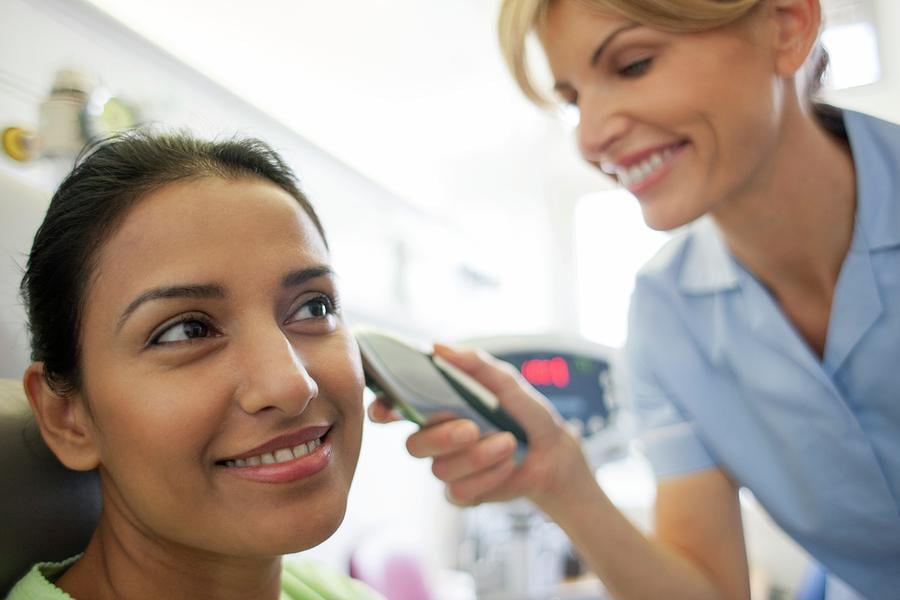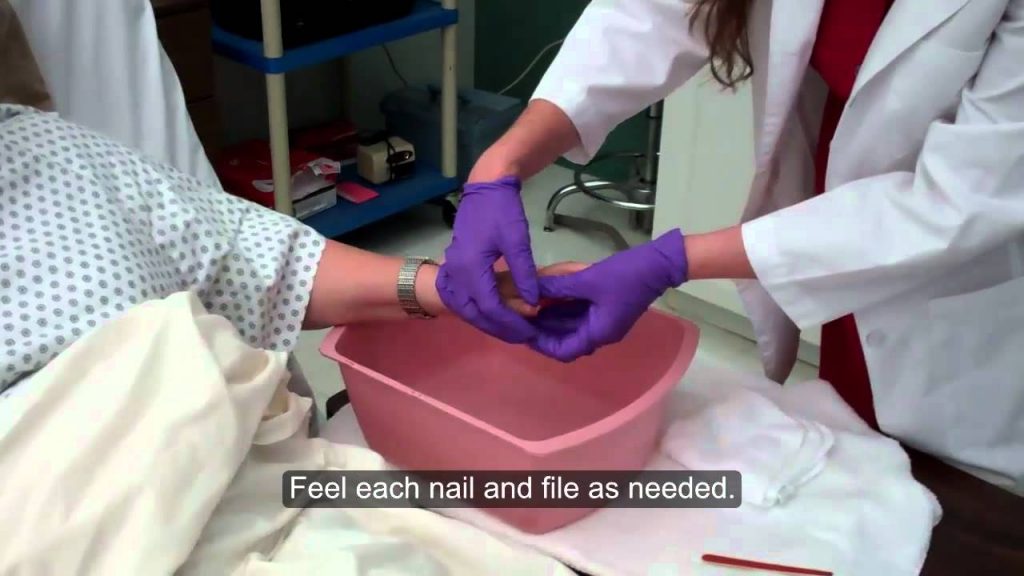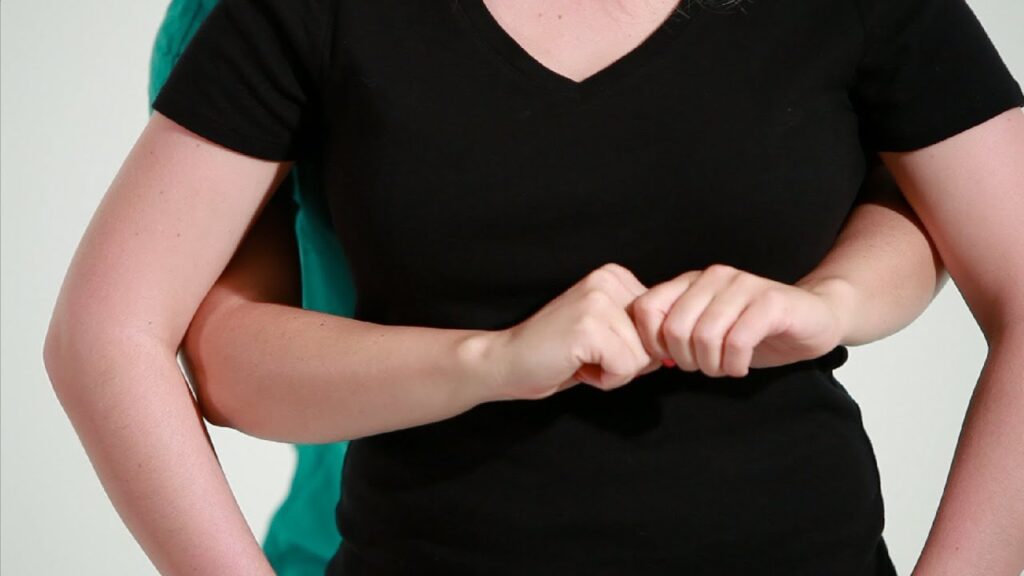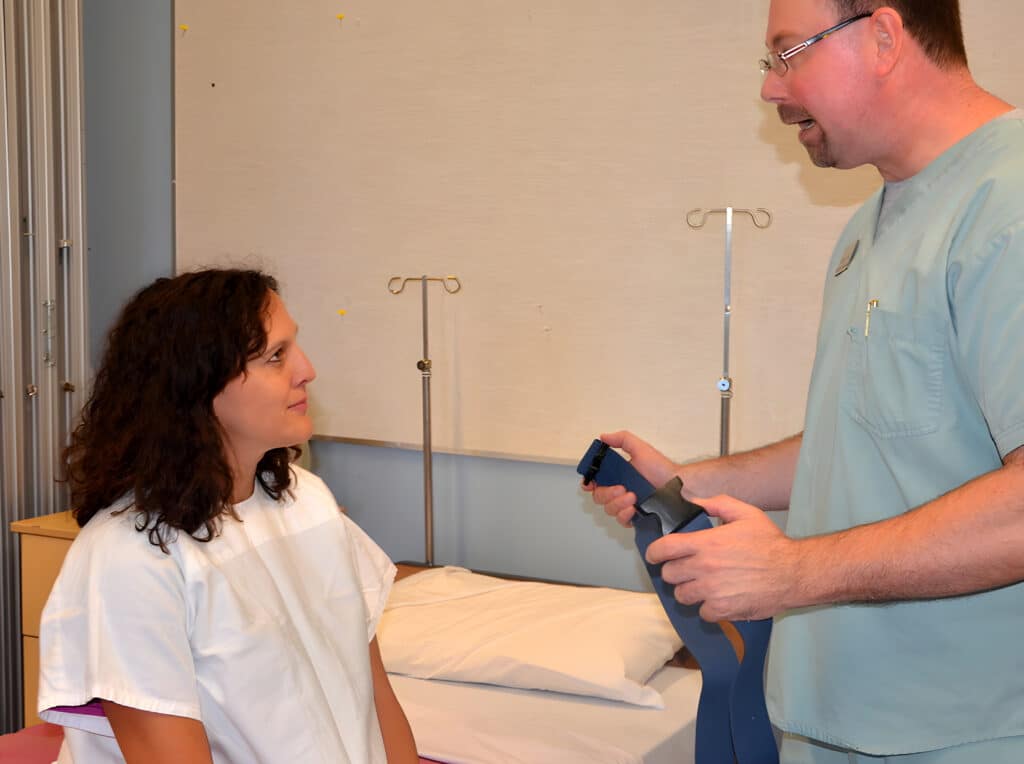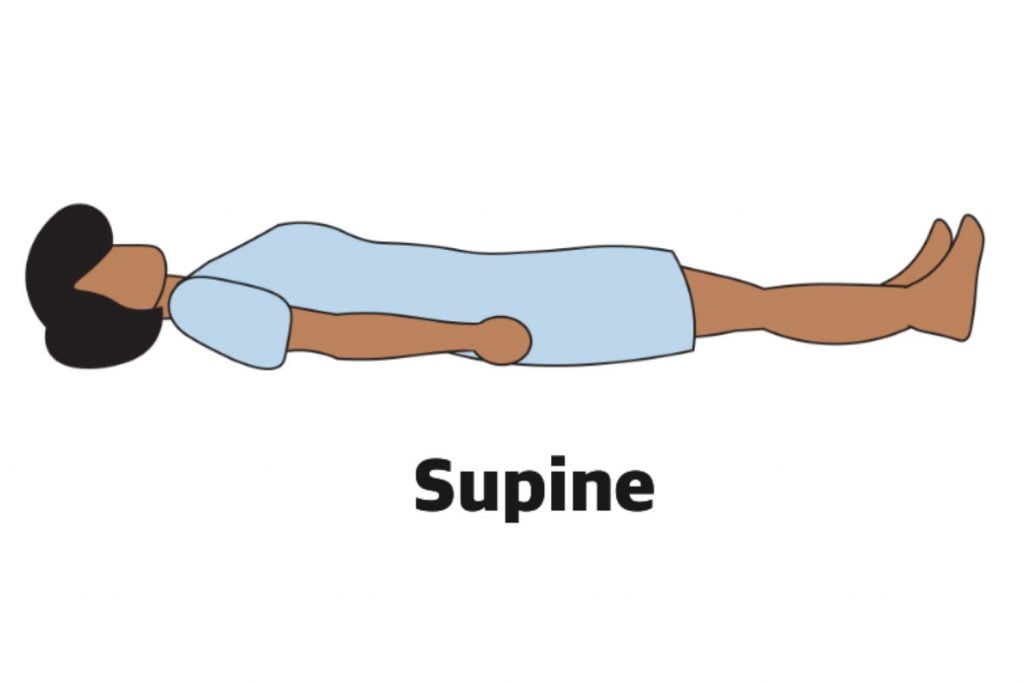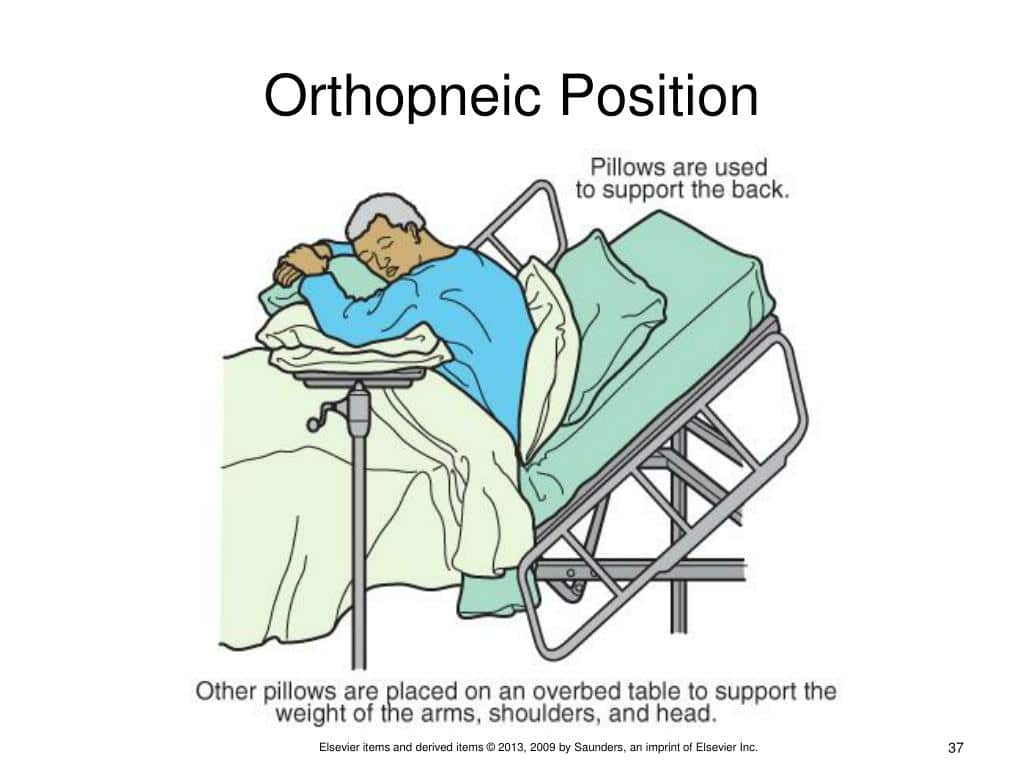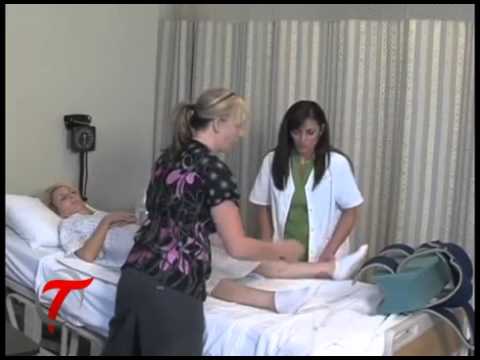Written by Hollie Finders, RN
Hollie Finders is a registered nurse with years of experience working in the health care field. She has degrees in both biochemistry and nursing. After working with patients of all ages, Hollie now specializes in pediatric intensive care nursing. Hollie’s LinkedIn
Procedure
Equipment needed: tympanic thermometer, disposable probe cover, and gloves
- Perform hand hygiene and put on gloves.
- Get the tympanic thermometer from its base unit and apply a disposable probe cover to the earpiece. Be sure the probe cover is secure and locked into place.
- Explain the procedure to the patient and ask for his or her assistance in following directions.
- Assist the patient in tilting his or her head away from you, so that the ear is directly facing you. Gently pull up and back on the pinna (outside edge of ear) to straighten the ear canal.
- Inspect the ear canal for obvious abnormalities before proceeding. If a physical abnormality is present, stop and report it to the medical professional. You may attempt the procedure in the opposite ear, or choose a different method to obtain the patient’s temperature. Do not attempt to remove earwax from the ear canal.
- Place the covered probe into the straightened ear canal.
- Press the button on the thermometer to begin measuring the patient’s temperature. Hold the thermometer in place until the device indicates measuring is complete (depending on the device model, it may beep or flash).
- Gently remove the thermometer and check the temperature reading.
- Eject the disposable probe cover into the waste receptacle and return the thermometer to its base unit.
- Remove gloves and perform hand hygiene.
- Record temperature, method used (tympanic), date, and time in the patient’s chart.
- Alert the medical professional of any changes in the patient’s condition.
Important Information
A tympanic membrane thermometer uses an infrared sensor to measure the temperature of the tympanic membrane (ear drum). This type of thermometer is considered an accurate and reliable predictor of a patient’s core temperature because the tympanic membrane’s blood supply is sourced from the carotid artery, which is the same artery that carries blood to the hypothalamus in the brain [1]. However, there are a few situations that can affect the accuracy of a tympanic membrane temperature reading. It is not recommended to use this method if there is a physical deformity of the ear canal, the patient reports ear pain, or excessive earwax, drainage, or sores are present. Tympanic membrane thermometers can be used only to measure tympanic membrane temperatures and should not be used to measure temperatures via the mouth, armpit, or rectum.
References
1. https://www.ncbi.nlm.nih.gov/pmc/articles/PMC3658932/

